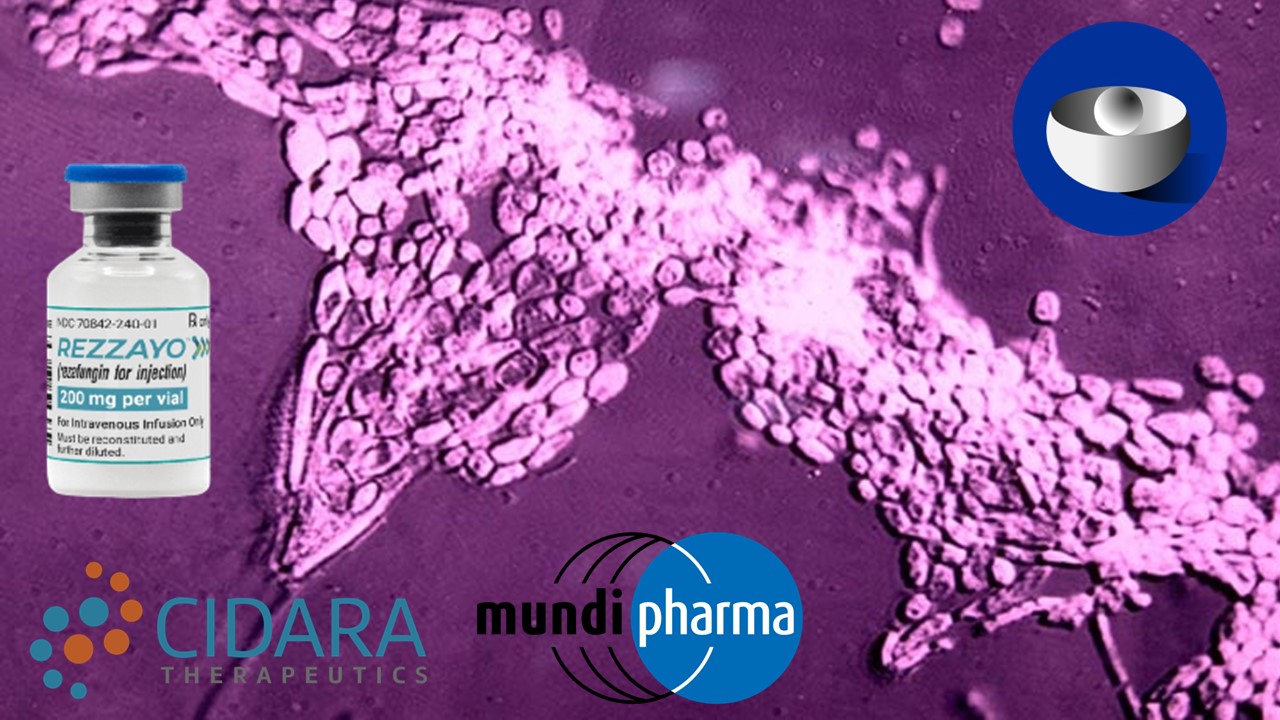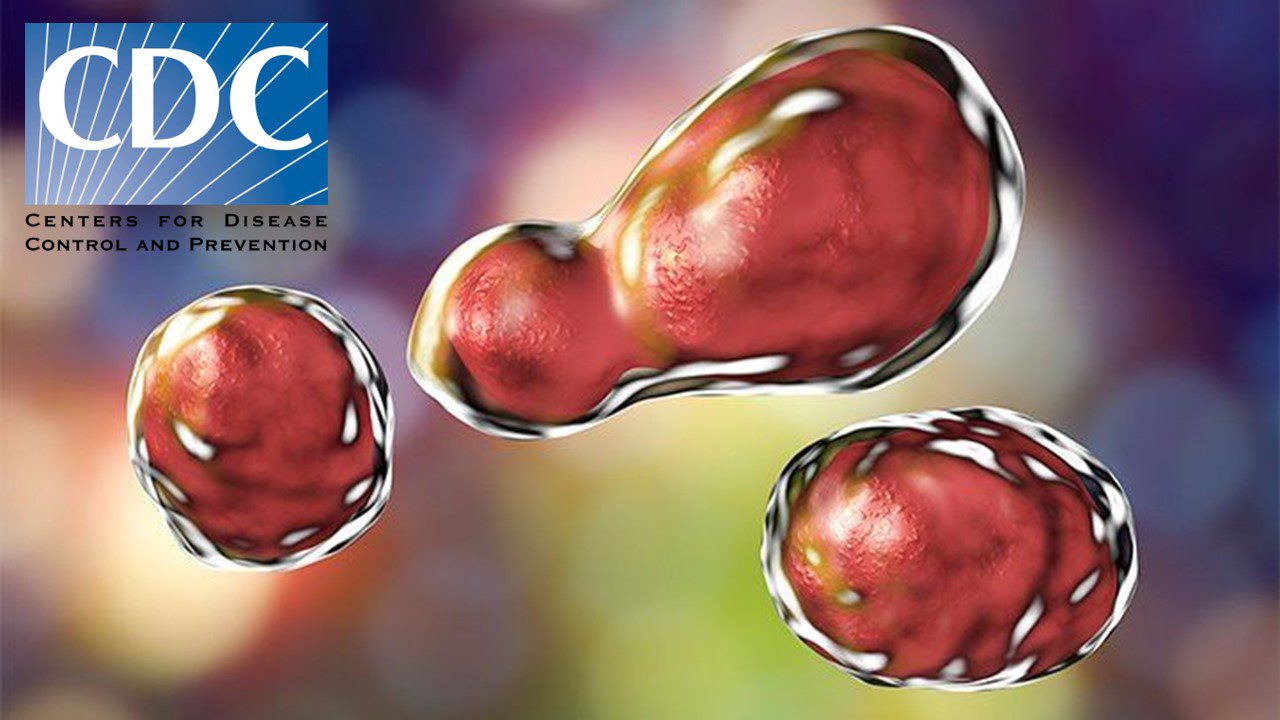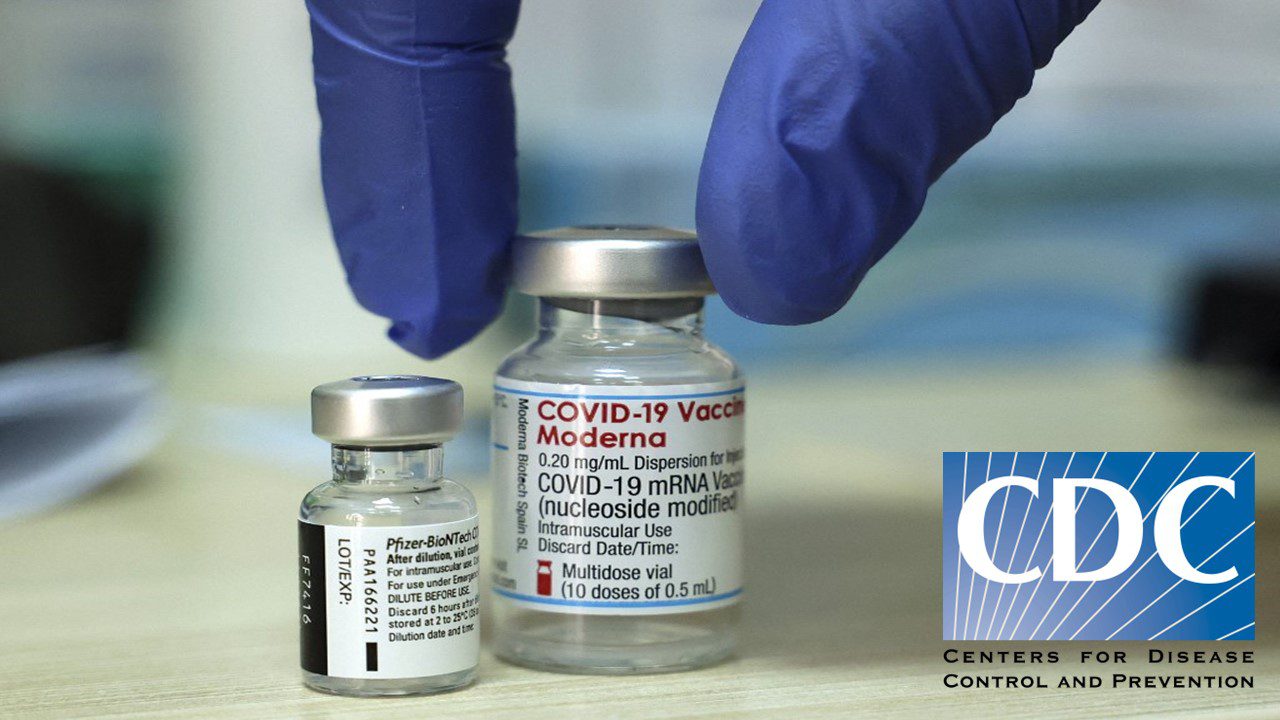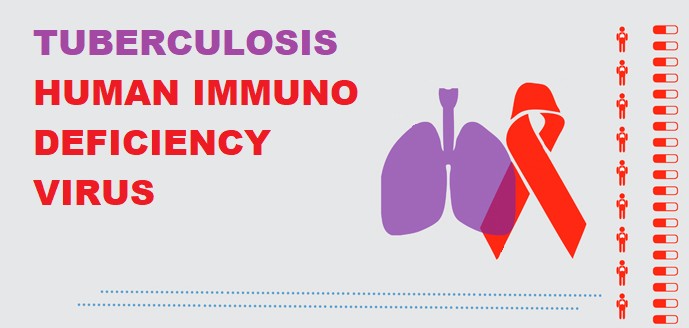Fighting for the Top Spot – Fomite Edition
A passive vector is an inanimate object that, when it comes in contact with pathogenic bacteria, viruses or fungi, can transmit disease to a new host. Vectoral contamination happens with exposure to bodily secretions like mucus, saliva, vomit, or feces.
Passive vectors are also called fomites. There are several of these fomites that are able to host an infectious agent until a person serves as its new home. Fomites at in residential areas are different from those found in hospitals or workplaces. While used trays, syringes and doorknobs are best listed as sources of infectious particles in institutional care settings, soil, feeding troughs, barn beams, barbed wires and splinters are the most common ones to host viruses in farmlands.
In the pre-phone eras, pens and money may take over each other’s rank as the topmost source for pathogens. It is undeniable, however, in the 21st century that smartphones have taken the lead as the number 1 fomite to host a cornucopia of disease-carrying microorganisms and allergenic substances.
Not So Smart After All
Smartphones have been reported by the United States Census to be owned by a staggering 84% of American households. And this was still in 2018. With the recent cessation of activities for a year or two due to the coronavirus pandemic since December 2019, everyone is left with no choice but to stick with gadgets for continuance of work and as the only source of collective entertainment, since sports events have been prevented from happening for the time being.
Undeniably, smartphones take the lead as the most used gadgets due to the simplest of reasons – handiness. They are purportedly viewed 14 billion times a day, making them latent repositories for hazardous environmental substances like allergens.
The increased usage of smartphones is not a smart choice after all, health and sanitation wise.
Mechanisms of Allergenicity
A recent study presentation, by lead author Hana Ruran, exposed preeminent levels of canine and feline allergens, in addition to endotoxins and β-D glucans (BDG) on simulated phone models. These findings were presented in Louisville, KY at the 2022 American College of Allergy, Asthma and Immunology (ACAAI) Annual Scientific Meeting. The study was entitled Innovative Compounds to Reduce β-D glucans, Endotoxin, and Allergens Newly Discovered on Smartphones.
BDGs are located in cell walls of fungi. They are present in a wide variety of surfaces and environments and they are known for causing respiratory irritation and chronic airway inflammation. This makes BDGs a reliable basis in learning more about problematic molds.
Endotoxins, on the other hand, are the primary composition of the outer membrane of the cellular wall of Gram-negative bacteria. The term endotoxin is conventionally used interchangeably with lipopolysaccharide (LPS). This shouldn’t be the case, though, because technically some endotoxins are not made up of LPS. Endotoxins function as structural basis and protective coverings for the bacteria. In humans, however, they induce a potent inflammatory response – making endotoxins such excellent markers to Gram-negative bacteria exposure.
Cellular Simulation and Contaminant Introduction
Phone models with external dimensional specifications, such as size and surface texture, were created by the researchers. These were distributed to 15 volunteers to augment transmission of microbial and allergenic substances.
As part of the identification test, the front portion of the cellular phone models were wiped using ElectroStatic Wipes (ESW) and the phone models were subsequently measured for allergenic substances, endotoxins and levels of BDG.
Sanitation: The Public Health Endgame
Cleaning intercessions were done on the simulated cellular phone models testing 70% isopropyl alcohol, 0.184% benzyl and ethyl benzyl ammonium chloride (Clorox®, non-bleach), 0.12% chlorhexidine, 0.05% cetylpyridinium, 3% benzyl benzoate, and 3% tannic acid wipes compared to no solution wipes (control).
The chemicals used in the mixture solutions for can be purchased through laboratory or chemical suppliers but are not commercially available in the same concentrations as used in the study.
Combination chlorhexidine/cetylpyridinium significantly reduced BDG and endotoxin levels. Combination benzyl benzoate/tannic acid significantly reduced cat and dog allergens. The combination mixture solutions had the greatest reductions compared to control.
Study co-author Peter Thorne, PhD from the University of Iowa Department of Public Health noted that the study is vital as it shows inhalational allergenic substances typically trigger innate immune responses from certain sources the general public would never suspect of causing such responses. He reminds especially those who have history of asthma and allergies to make smartphone hygiene a constant task to take into account to reduce allergenic and asthmatic triggers.
Subscribe
to get our
LATEST NEWS
Related Posts

Infectious Diseases & Vaccinology
Rezzayo™’s Latest EU Approval for Invasive Candidiasis Breaks Ground in Antifungal Therapy
Rezafungin marks the initial addition to the treatment arsenal for patients grappling with invasive candidiasis in more than 15 years.

Infectious Diseases & Vaccinology
Unmasking the Shadow: CDC Battles the Latest Fungal Meningitis Outbreak in Matamoros, Mexico
CDC tackles fatal fungal meningitis outbreak linked to surgeries in Matamoros, Mexico.
Read More Articles
Synthetic Chemistry’s Potential in Deciphering Antimicrobial Peptides
The saga of antimicrobial peptides unfolds as a testament to scientific ingenuity and therapeutic resilience.












